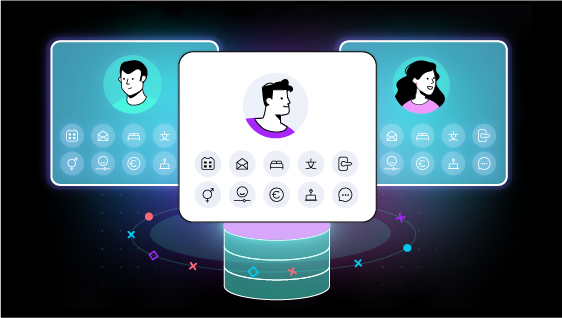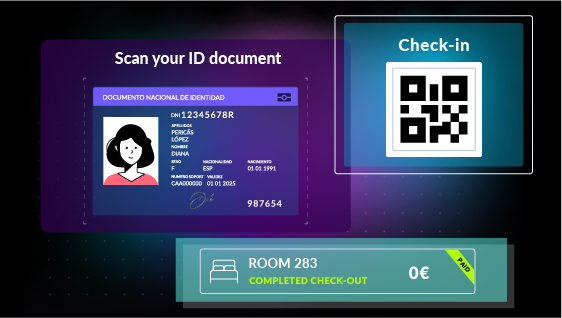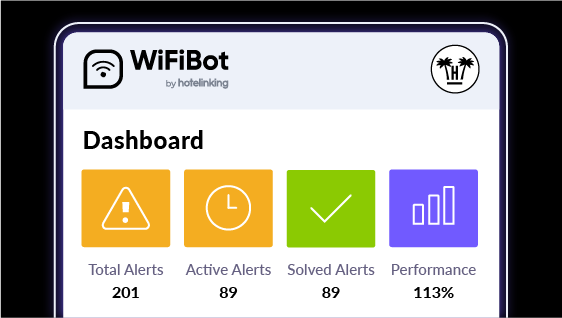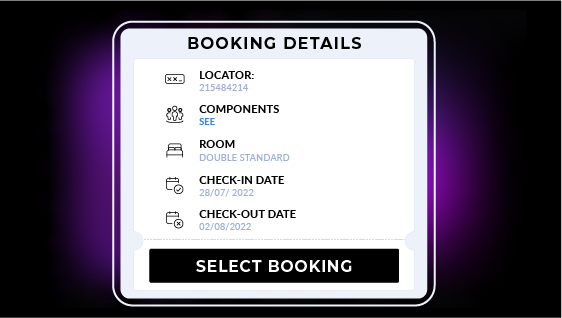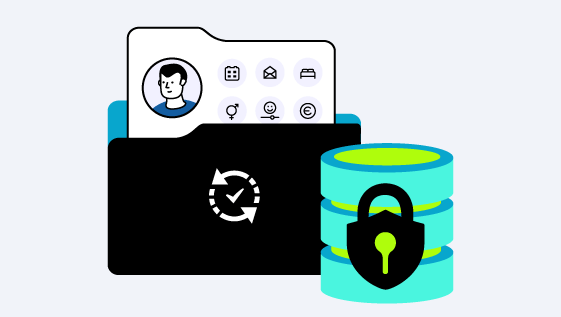
Email marketing campaigns to draw the attention of customers who have forgotten about us
Email can be one of the most valuable marketing resources, especially for the hotel industry.
On the one hand, it makes it possible to build solid relationships with contacts, which is one of the best strategies to increase sales performance. On the other, email marketing enables to encourage customer loyalty, in other words, to consolidate the hotel brand as a trusted market leader that stands out in the wide hotel offer.
Even though we do need to work on brand awareness in other sales channels such as social media, SEM and SEO, none of these are capable of interacting directly with a significant volume of contacts while personalising this interaction. This is why email marketing and the campaigns related to this technique are the most important part of any brand awareness creation strategy.
Email marketing is one of the most powerful tools to encourage interactions with a brand in the long term.
Then, which email campaigns help us to generate brand awareness?
1. Post-stay email campaigns.
There are several email campaigns that can help you to draw the attention of customers and renew their interest in your brand. To begin with, special offers and promotions are always one of the best incentives to rekindle interest; however, you must consider which are your customers’ interests in order to send them the right ones as per their preferences.
You must also consider your area’s demand calendar. Do not forget that there are certain purchasing behaviours related to your location and type of customer, so this will provide you with a hint on when is the best time to send these emails. Use events, bank holidays and other particularities of the destination that may interest them, to send other more informative emails without losing value for your customers.
Brand awareness is a strategy that you should reinforce at all times, so the emails you send once the reservation has been made and while staying in your hotel can also help to generate brand awareness for your customers to consider you when booking their next trip.
2. Pre-stay email campaigns.
These email marketing campaigns are usually launched with upselling or crosselling goals in mind. Still, you must remember that in order to seduce, first of all, you must be selfless and consider your customers’ needs. Therefore, if a customer has already booked, one of the best formulas to generate brand awareness in the long term is sending content of their interest before their stay.
Send your emails with informational purposes: guides, maps highlighting the location of your hotel, the local attractions and the tours that guests may perform in the surrounding area or even the great gastronomic offer they can experience. And yes, you can add value by showing your hotel’s excellent services and facilities, but keep in mind the type of customers it has and if this information is of their interest.
3. Email campaigns while in-house.
Another key element to keep your customers interested is following them up during their stay, if possible, or shortly afterwards. Show your interest in their time at the hotel and ask them what it was like. For this, surveys are fundamental, especially, if you can be ahead and improve the opinions and reviews that will be posted on online reputation platforms.
And, what do you need to consider for your campaigns to be successful?
1. The segmentation of your database.
As previously mentioned, email marketing enables you to communicate directly with your whole database; however, not all these contacts have the same need when it comes to travelling and, specifically, when it comes to looking for the perfect accommodation for them. For this reason, it is necessary to segment previously, that is, grouping in specific lists.
And, how do we produce these segmented lists? First of all, you must compile as much information as possible about your guests (the so-called Hotel Data) to learn about their preferences, when and how they make their reservations and through which channels, how they travel, demographic data, etc. In other words, in order to segment, you must consider what sort of customers you have and what their purchasing cycle is like, so that you can address them at the right time.
2. Personalisation and tone of voice.
Do you address your contacts with the right content at the right time of their purchasing cycle? Remember that the reason for segmenting is that you can send valuable information to your contacts, that is, that they feel that emails are aimed at them, that are personal and that they want to consume their content. How? By personalising the subject line or certain fields or contents on the body of the email or sending emails triggered by certain actions they have performed.
In addition to this personalisation, the tone you use to address your customers must be in line with the values of your brand. A brand’s marketing communication must be coherent at all times. In these cases, especially if the email marketing department is significantly big or outsourced, a style guide must be created so that communications, through all online channels, use the same tone, reinforcing the brand feeling.
3. A consistent email design.
Besides, your emails, just like the other items you need to create (destination pages, posts, galleries, promotions, etc.) must be consistent in terms of design. For your hotel’s brand to be remembered, certain patterns must be recognised (colours, fonts, image styles, logos, etc.) since they are the foundation to create a solid brand awareness. Making your emails instantly recognisable will encourage your potential guests to trust you.
4. The mailing schedule.
Email marketing campaigns are one of the most effective ways to communicate that a brand is a leader in its sector. However, a hotel brand that only works on sending emails to encourage sales will end up noticing that their unsubscription rate increases. To avoid this, in addition to the content of value on emails per segments, we need to consider the right mailing schedule.
For example, if you identify that a customer segment books for certain dates, make sure that you send re-engagement emails before, for example, reminding them how great their previous holidays were. Remember that we must send the right email at the right time. Annoying your database with weekly emails doesn’t necessarily promote your brand awareness.
5. Including calls to action.
Each email you send must have a conversion goal, that is, you must expect the recipient to perform a given action: visiting a landing page, going to a hotel web with an offer, requesting a voucher, requesting information, reading an article of interest, downloading a destination guide, etc. For this, it is necessary that, in addition to the value added, your email includes a call to action, but make sure that this is clear.
Email is one of the most effective channels to send content specifically addressed that helps you to engage with your contacts (lead nurturing) to improve the conversion rate through these calls to action. In this way, you stand out from your competitors retaining your contacts while generating an engagement that enables you to improve the ROI.
In a nutshell, when email marketing campaigns are performed correctly, with the preferences of your contacts in mind, not only it is possible to draw the attention of those customers that had forgotten about your brand, but also to make a positive impression to foster their loyalty.
